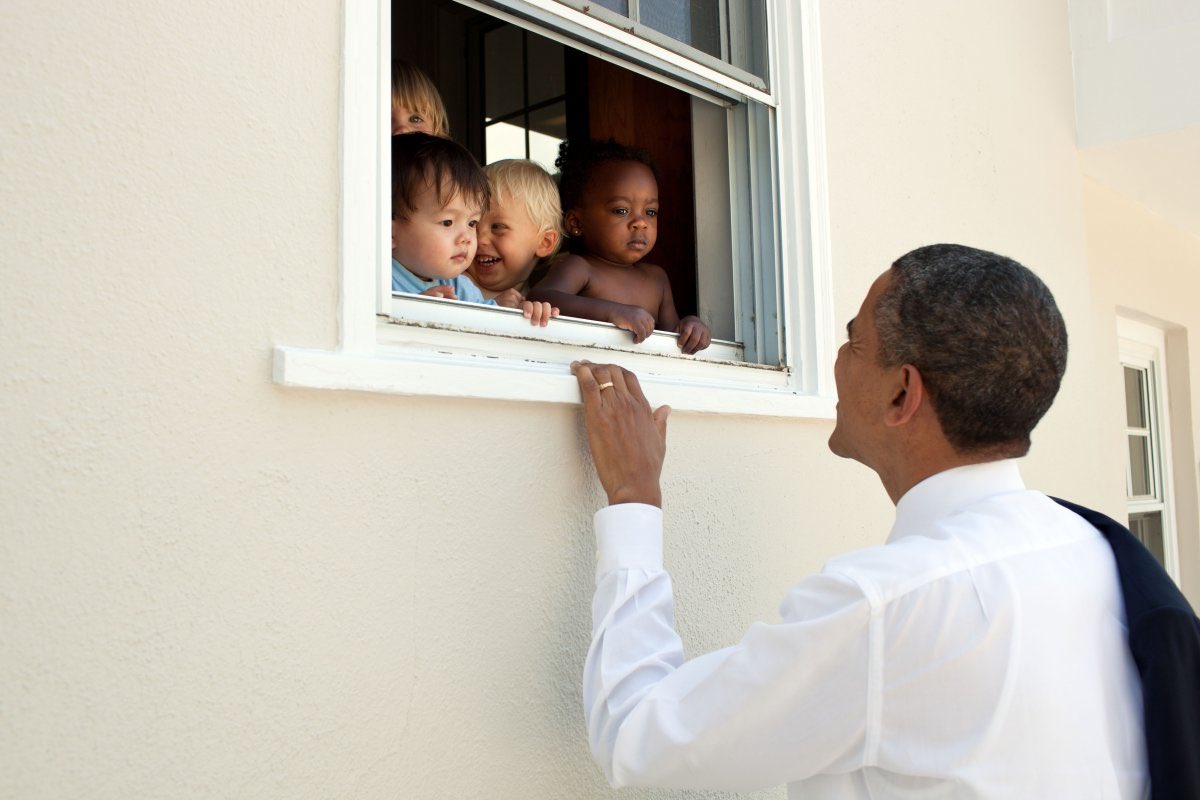Annotate Twitter images with imgrec
In imgrec: An Interface for Image Recognition
LOCAL <- identical(Sys.getenv("LOCAL"), "true")
knitr::opts_chunk$set(purl = LOCAL)
This short vignette demonstrates how to download and annotate images inside Tweets. Besides imgrec, we will use rtweet to get Twitter data and the dplyr package for data wrangling.
Setup
Before we start, access credentials are required for Twitter and Google Cloud Vision. For this example, all credentials are stored as R environment variables. Check out the rtweet authentication vignette to obtain and use Twitter API access tokens. The authentication for Google Cloud Vision is described in the imgrec intro vignette.
# load libraries
library(imgrec)
library(rtweet)
library(dplyr)
# prepare twitter credentials
app_name <- Sys.getenv('twitter_app_name')
consumer_key <-Sys.getenv('twitter_consumer_key')
consumer_secret <- Sys.getenv('twitter_consumer_secret')
access_token <- Sys.getenv('twitter_access_token')
access_token_secret <- Sys.getenv('twitter_access_secret')
# obtain twitter access token
token <- create_token(app = app_name,
consumer_key = consumer_key,
consumer_secret = consumer_secret,
access_token = access_token,
access_secret = access_token_secret,
set_renv = TRUE)
# setup authentification for google vision
gvision_init()
Download tweets
If you know the status id's of Tweets that you would like to obtain, you can use lookup_tweets(), which takes a vector of status id's as input and retrieves all corresponding tweets. URL's of images (and videos) are stored in the list column media_url.
We use one of the most-retweeted tweets posted by Barack Obama as an example:
"No one is born hating another person because of the color of his skin or his background or his religion..."
(Barack Obama, Twitter Status)
example <- lookup_tweets(896523232098078720)
example$media_url
 {width=50% }
{width=50% }
Annotate Tweets
Now, we retrieve and parse annotations for the Tweet image:
results <- get_annotations(images = example$media_url[[1]],
max_res = 10, # max. number of labels,
mode = "url", # we pass an image url
features = 'all') %>%
parse_annotations()
names(results) # features obtained by Google Cloud Vision
And that's it! The results are stored in a list object which includes dataframes for all annotations retrieved from Google Cloud Vision:
results$labels %>% head()
Try the imgrec package in your browser
Any scripts or data that you put into this service are public.
imgrec documentation built on Dec. 11, 2021, 9:26 a.m.
LOCAL <- identical(Sys.getenv("LOCAL"), "true") knitr::opts_chunk$set(purl = LOCAL)
This short vignette demonstrates how to download and annotate images inside Tweets. Besides imgrec, we will use rtweet to get Twitter data and the dplyr package for data wrangling.
Setup
Before we start, access credentials are required for Twitter and Google Cloud Vision. For this example, all credentials are stored as R environment variables. Check out the rtweet authentication vignette to obtain and use Twitter API access tokens. The authentication for Google Cloud Vision is described in the imgrec intro vignette.
# load libraries library(imgrec) library(rtweet) library(dplyr) # prepare twitter credentials app_name <- Sys.getenv('twitter_app_name') consumer_key <-Sys.getenv('twitter_consumer_key') consumer_secret <- Sys.getenv('twitter_consumer_secret') access_token <- Sys.getenv('twitter_access_token') access_token_secret <- Sys.getenv('twitter_access_secret') # obtain twitter access token token <- create_token(app = app_name, consumer_key = consumer_key, consumer_secret = consumer_secret, access_token = access_token, access_secret = access_token_secret, set_renv = TRUE) # setup authentification for google vision gvision_init()
Download tweets
If you know the status id's of Tweets that you would like to obtain, you can use lookup_tweets(), which takes a vector of status id's as input and retrieves all corresponding tweets. URL's of images (and videos) are stored in the list column media_url.
We use one of the most-retweeted tweets posted by Barack Obama as an example:
"No one is born hating another person because of the color of his skin or his background or his religion..." (Barack Obama, Twitter Status)
example <- lookup_tweets(896523232098078720) example$media_url
 {width=50% }
{width=50% }
Annotate Tweets
Now, we retrieve and parse annotations for the Tweet image:
results <- get_annotations(images = example$media_url[[1]], max_res = 10, # max. number of labels, mode = "url", # we pass an image url features = 'all') %>% parse_annotations() names(results) # features obtained by Google Cloud Vision
And that's it! The results are stored in a list object which includes dataframes for all annotations retrieved from Google Cloud Vision:
results$labels %>% head()
Try the imgrec package in your browser
Any scripts or data that you put into this service are public.
Add the following code to your website.
For more information on customizing the embed code, read Embedding Snippets.
